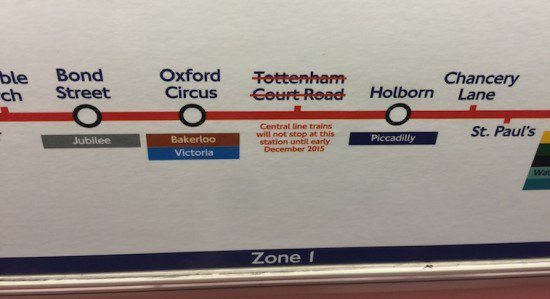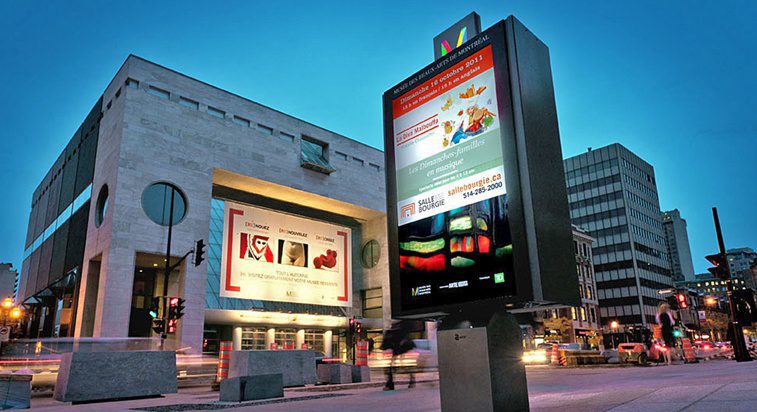Over the last few years, I have keenly observed how brands and retailers are using digital signage in out-of-home or stores. For the most part, my eyes have been caught by the number of failures. As much as digital can provide great solutions, the cost effectiveness isn’t always there and, more poignantly, people continue to operate with the old mindset. As a result, the digital component is far from optimized. Yet, digital signage can provide a fantastic opportunity to keep the communications fresh, up-to-date and interactive... Share on X
Digital signage failures
Some of the biggest failings I have seen are:
- The bug. The on site team does not have the competency or a contingency plan when the signage goes on the blink.
- User experience. Too often, the interaction/experience on the device is troublesome, not thought through for the user.
- The human mix. In the retail space, when there is digital signage, that doesn’t mean that all human interaction should shrink away. If the sales team on the floor are equipped with Ipads, have they been adequately trained, to look like heroes?
- V2. Despite the ease with which digital can be updated (or even upgraded), many digital signs are built for just one version.
- See a couple of examples of “digitail” (digital in retail) here: Under Armour in Tokyo, Sephora Flash.
Analog signage failures
For the all foibles and challenges posed by digital signage, one can forget how painful and inefficient the analog version can be. Share on X In London, a city on the cutting edge in terms of digital innovation, the tube (which also happens to be the oldest underground in the world) has kept up with the quaint paper maps. Since the tube, responsible for moving over 1.3 billion people every year over 402 kilometers of track, is undergoing much-needed renovations, there are frequent changes in the status of the stations.
Last year, Tottenham Court Road (TCR), a very popular station, which lies on the Central and Northern lines, was closed for works. These works were to be finished by December 2015. A couple of days ago (i.e. January 25 2016) I had wanted to disembark at TCR. But, the sign in the tube (see below) gave me great pause for doubt.

You would have thought that, in a period of constant change and updating, the digital option would have been carefully reviewed by the London transportation authorities (TFL)? It would be all the more relevant to do so considering the constant delays, interruptions and issues from which the antiquated tube system suffers.
Analog Denouement
When I arrived at Tottenham Court Road, I was relieved to be able to disembark (the works had indeed been terminated). But, you must wonder how many people get confused, concerned and/or lost by the out-of-date or inaccurate information that the analog signs provide? I wonder if the business case has been properly made for a digital upgrade of the tubes versus the gluing of new paper maps? My guess is not.
Digital signage for retailers and brands
For brands and retailers, the question should be posed: how can digital signage offer a value-added service for the customer? And don’t forget that bugs will happen and to create a decent user experience. It's so important to create these digital devices and activities with the intended users (employees and customers) in mind. Share on X
Your thoughts and reactions welcome!












Nowadays all the business are going Digital, because the presence of digital in business is very important. Digital Signage boards are very attractive & is very easy to understand.
I believe that within a few years all businesses will need to have as much of their business involved with digital technology as they can afford. The sooner companies jump aboard, the better off they are with their marketing efforts.